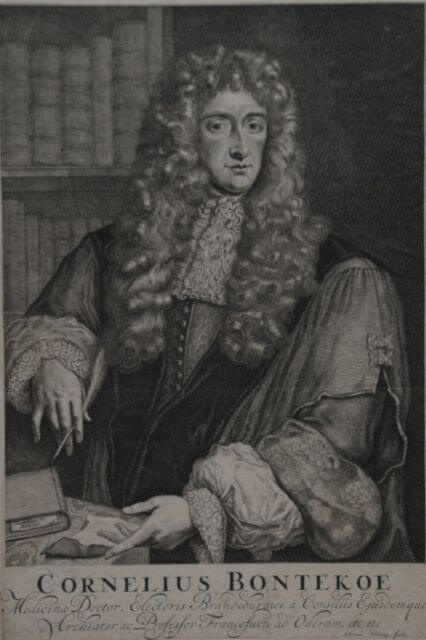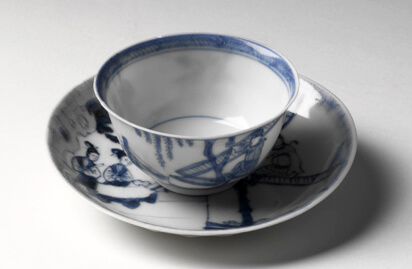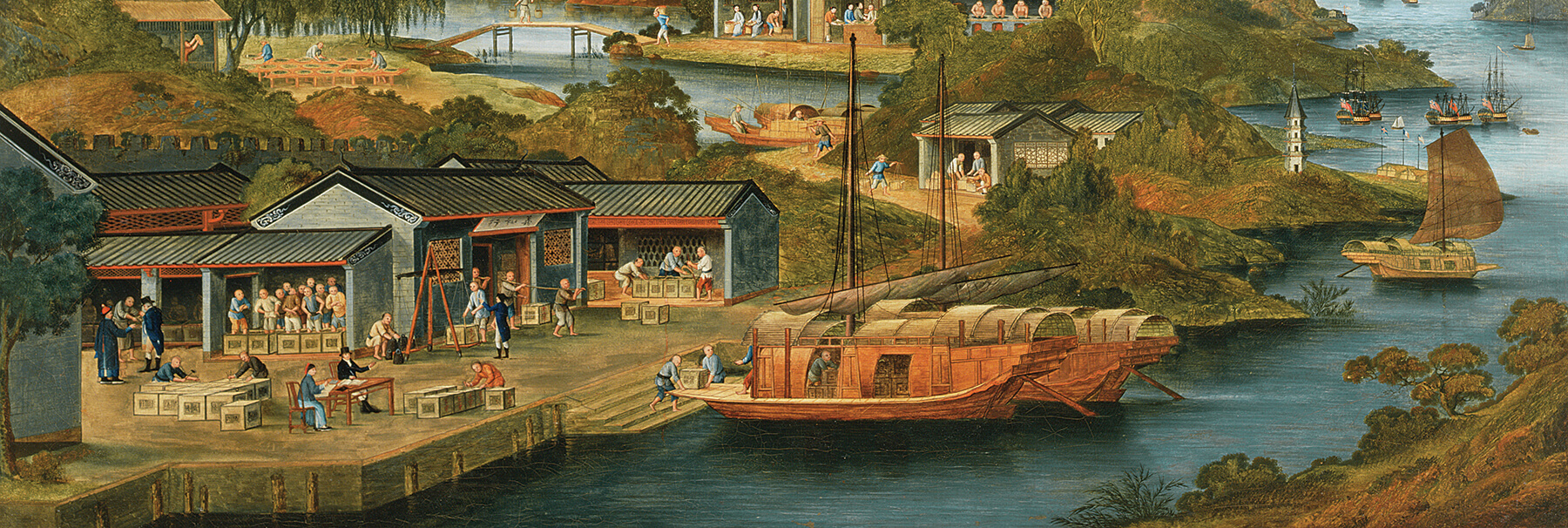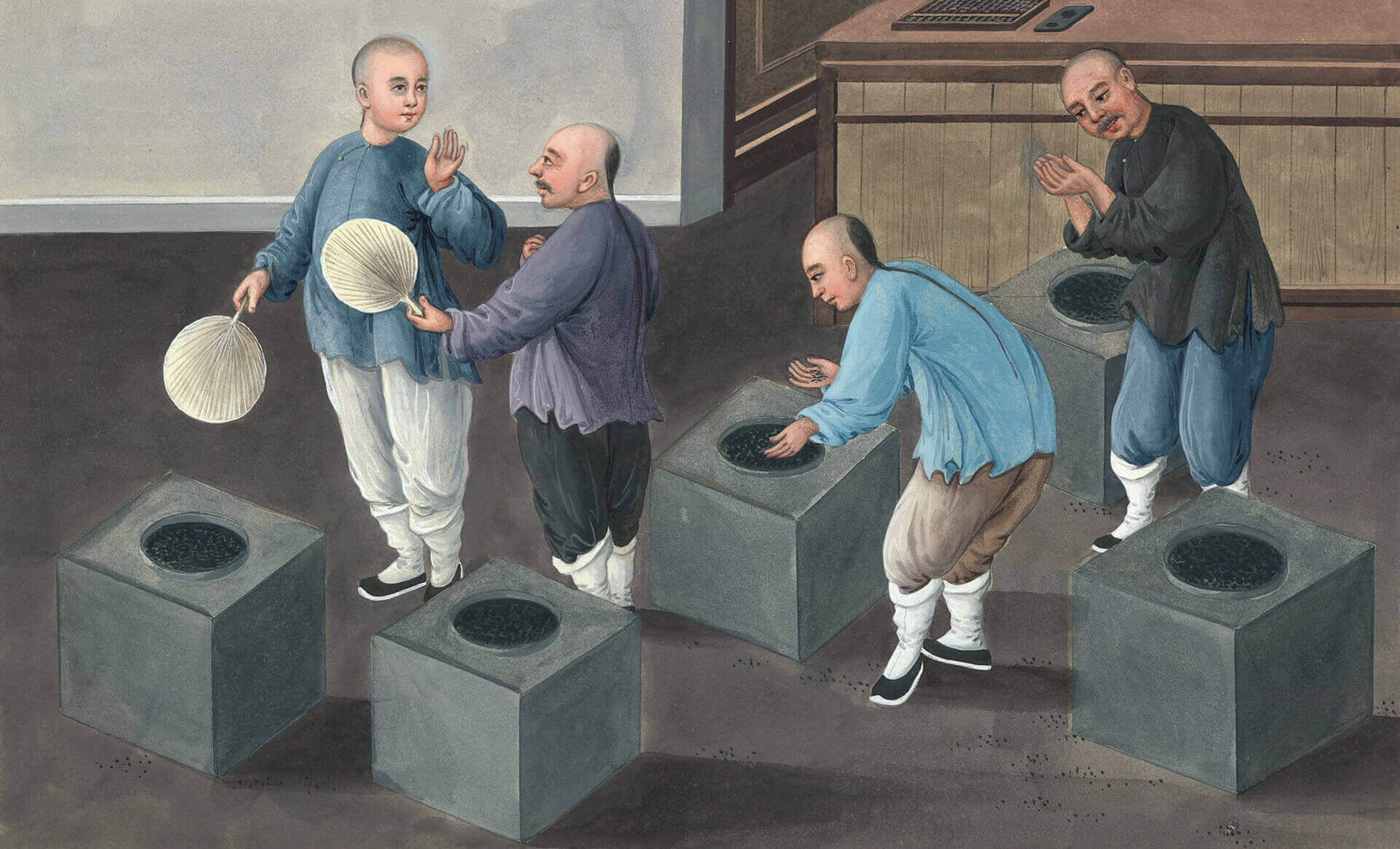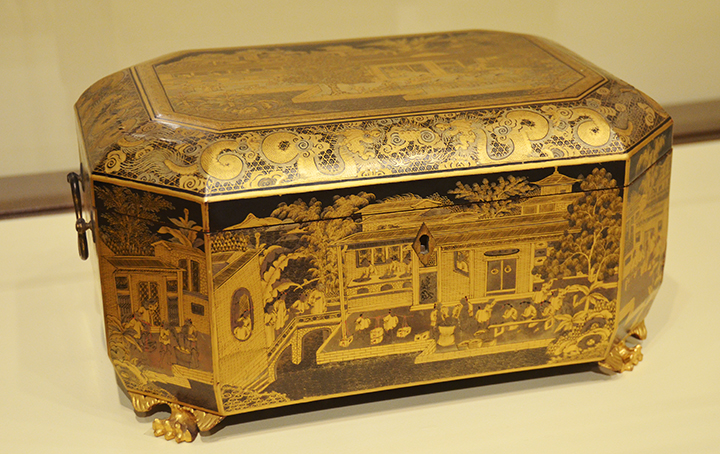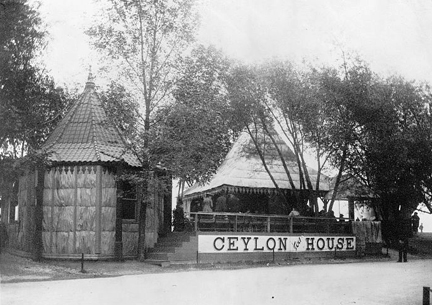A Dutch Doctor Prescribes Tea
To the 17th century European palate, the taste of tea often elicited a “what’s all the fuss about?” comment. After all, the well-to-do had recently been treated to the new taste of coffee and cocoa. But after sipping a cup of tea for the first time, more than one Dutch or English consumer, after paying dearly for the exotic Chinese herb, must have considered asking for a refund for their beverage tasted of hay!
That bitter tea was already 18 to 36 months old by the time it made its way from Canton to warehouses in Amsterdam or London. Plus, Europeans knew little about the procedure for making tea. It was often over-steeped in water that was too hot.
Thankfully, sugar was beginning to move from the apothecary to the kitchen. It wasn’t long before someone discovered that a spoonful of sugar helps the medicine – and bad tea – go down.
One Dutch doctor was instrumental in extolling the virtues of tea. Cornelius Bontekoe, known as the teedoktor, often prescribed eight to ten cups of weak tea, twice daily, for his patients. He claimed the therapy cured kidney stones, corrected the circulation of the blood and banished sleep without any harm.
“We advise tea for the whole nation and for every nation. We advise men and women to drink tea daily; hour by hour if possible; beginning with 10 cups a day, and increasing the dose to the utmost quantity that the stomach can contain and the kidneys eliminate.”
The doctor’s belief in the curative powers of the tea drinking was so great that he published a booklet on tea drinking titled Treatise about the most Excellent Herb Tea in 1768. The book was controversial amongst physicians who often thought tea drinking a waste of time and money.
“I have no scruple in advising [people] to drink fifty or a hundred or two hundred cups at a time. I have often drunk as many in a fore- or afternoon, and many people with me, of whom not a single one has died yet.
Tea purveyors were quick to enlist his help in spreading the good news about tea to customers eager to buy the expensive and exotic concoction. The book sold thousands of copies and was translated into English.
For his enduring promotion of tea, Dr. Bontekoe was voted a gratuity as a gesture of appreciation by the grateful Dutch East India Company board of directors.
Read more about the history of tea in A Social History of Tea by Jane Pettigrew & Bruce Richardson, 2014, Benjamin Press.
